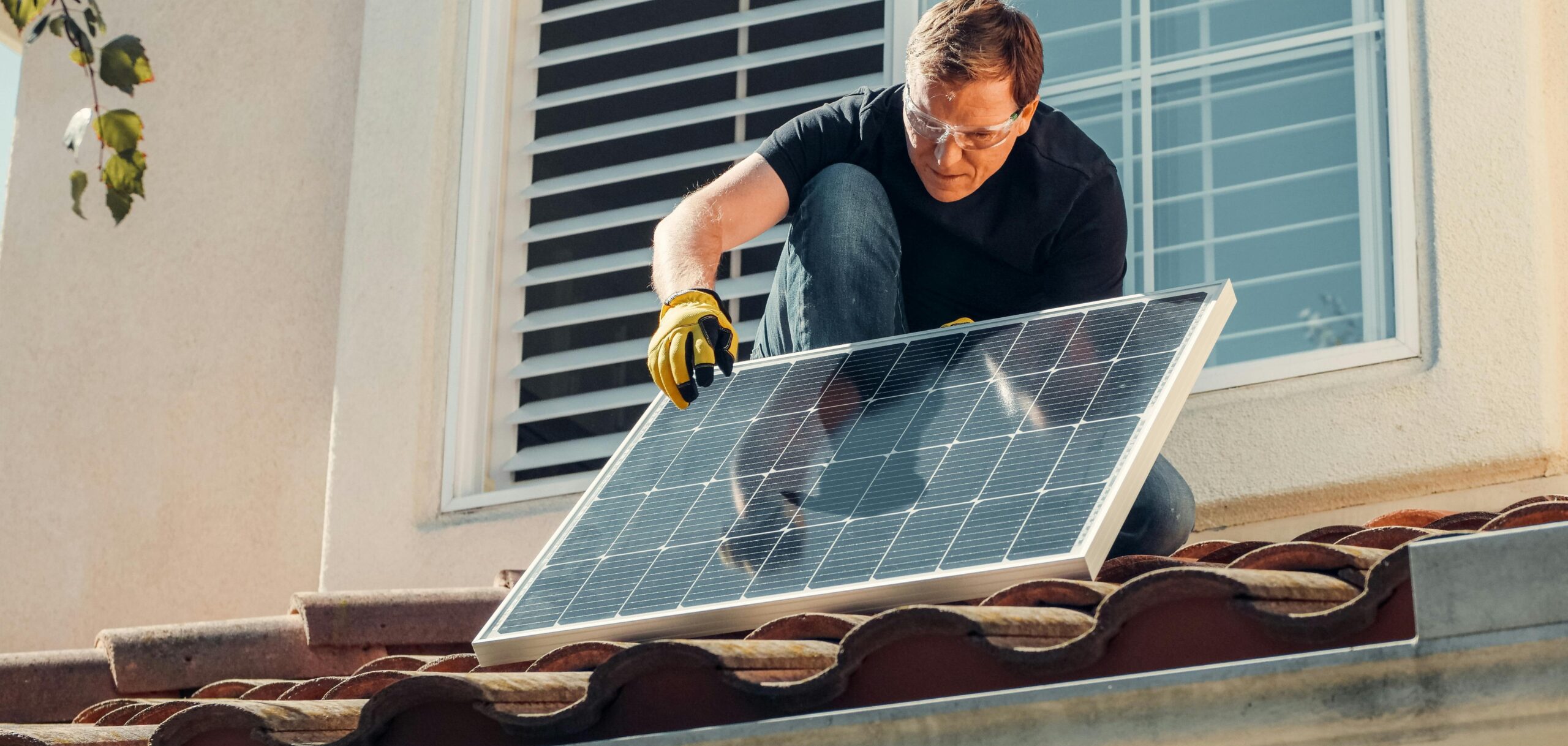April 13, 2025
Public hearing – March 11
Sponsors: Gamba, Helm
Distributed power plants (DPPs) are systems for generating electricity that use many small-scale devices, located near to where the power is utilized. Distributed electricity generation can be contrasted with traditional systems in which a large centralized source, such as a hydroelectric dam or gas-fired plant, transmits electric power to a large area.
DPPs can make an important contribution to meeting Oregon’s anticipated increase in electricity demand. Many of the elements of DPPs are located “behind the meter” – on the customer’s side of the meter – rather than “front of meter” – where large power plants and transmission lines are found. Examples of “behind the meter” DPP elements are home solar panels, home batteries,
bidirectionally chargeable electric vehicles and “load control” devices like smart thermostats that turn the temperature down at night. Sometimes, these elements/devices that make up DPPs are referred to as “distributed energy resources” (DERs).
When DERs are combined (“aggregated”) across multiple locations, their collective output can be optimized by the use of software and control systems. This helps to operationalize the full benefits of DPPs. Among these benefits are: reducing consumers’ electricity costs, adding reliability to the grid, shifting power use away from times of peak demand, reducing power losses from long transmission lines, and reducing greenhouse gas emissions.
It is relatively straightforward to implement DPPs more widely because the DER elements are often already available in consumers’ homes. The US federal Department of Energy estimates that it should be possible to triple DPP use over the next six years.
In Oregon, both PGE and PacifiCorp already have pilot programs to implement DPPs. HB 3609 provides a boost to these programs, getting them to larger scale. In part, it does this by enabling consumers to join the program through third party firms known as “aggregators,” which coordinate the DERs of many consumers who choose to enroll.
HB 3609 requires electric companies to fully develop DPP programs, and allows them to include the costs associated with this development as part of their electricity charges. It also requires Oregon’s Public Utility Commission, which regulates the electric companies, to develop
and adopt targets for how well DPP’s perform. Some of the performance metrics are: how well the DPPs reduce the peak electricity demand locally, how much new building of infrastructure is avoided, and how much less peak electric power is demanded system wide.
